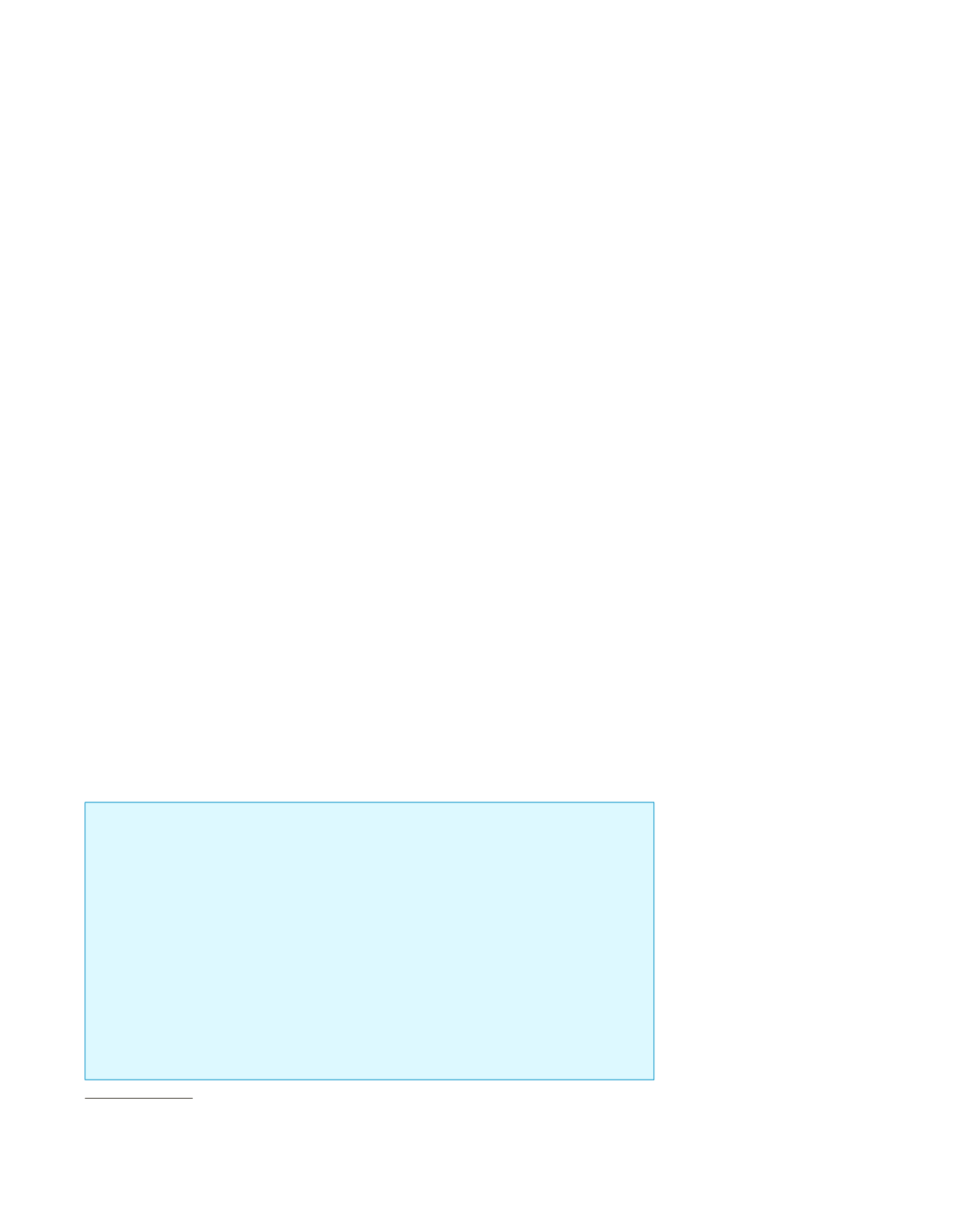
Dairy-based Livelihoods
67
to another dairy which does not provide
advance. Since majority of the farmers are in
need of funds, such relationships continue.
Gokul and Warana dairy lent to farm-
ers for purchase of feed and animals. The
principal and interest were recovered from
the milk price to be paid to the farmers.
However, when the government announced
loan waivers, the farmers expected the
dairies also to waive off their loans. When
loans were not waived off, they became dis-
gruntled because they had borrowed from
the dairy and hence incurred a ‘loss’. Hence
the dairies scaled down their loans and at
present no lending is undertaken. Warana
provides guarantees for bank loans for its
long- standing farmer members.
It is perplexing that farmers hesitate to
borrow frombanks since they don’t consider
dairy as profitable enough tomeet their regu-
lar repayment instalments. In SHGs, nearly
40 per cent to 60 per cent of the loans are
taken for animal rearing, mostly for purchase
of dairy animals. They borrow at 18 per cent
to 24 per cent rate of interest per month and
regularly repay loans within two years. Hand
InHand
18
which took a loan fromAgriculture
Development Fund–Tamil Nadu (ADFT)
and lent on to 937 women for purchase of
cross-bred cows has found repayment per-
formance to be excellent.
Insurance:
The Working Group of
Planning Commission for the 12th Five-
Year Plan estimated that only six per cent
of the animal heads (excluding poultry)
are provided insurance cover. Risk man-
agement and insurance as components of
Sub-mission on Livestock Development of
NLM are being implemented in all districts
of the country (earlier it was only 300 dis-
tricts) since May 2014 and all types of live-
stock are being covered. Benefit of subsidy
is restricted to only five milch animals per
beneficiary per household as against two
animals earlier (female cattle/buffalo yield-
ing at least 1,500 litre of milk per lactation
are covered). As per the annual report of
the Department of Animal Husbandry, 1
million animals have been insured during
2014–15, up to December, 2014. The off-
take is very limited as compared to the cattle
population of about 300 million.
Government-subsidised mandatory
credit-linked insurance schemes are designed
to enable the policyholder to repay the bank
loan (Box 4.6). It is distributed to loanee
farmers through the partner-agent model
by the banks. Premiums are decided by
insurers at the state level through a bidding
process (subject to a cap of 4.5 per cent),
the government subsidises at 50 per cent
of it, while the farmers pay the remainder.
With foot-and mouth disease and road acci-
dents claiming the lives of thousands of cattle
in the past, the State government has decided
to implement the livestock insurance scheme
to encourage farmers to insure their milch cattle
and buffaloes. Under the scheme, a maximum
of five cattle/buffaloes would be covered by a
farmers’ family. The maximum insurance cover
for an animal is
`
50,000. So far, milch cows and
buffaloes purchased under bank loans covered
under the insurance scheme. Now, it has been
decided to provide insurance cover for all milch
animals in the State. While the Government will
bear 40 per cent, the KarnatakaMilk Federation
and other milk producers’ societies would bear
30 per cent of the premium for the insurance
cover to milch cows. The beneficiary farmer
would have to bear rest of the amount.
Source:
Nagesh Prabhu. 2015. ‘Milch cattle,
buffaloes to be covered under livestock insur-
ance,’
The Hindu
, Published on 2 August 2015.
Available at:
/
national/karnataka/milch-cattle-buffaloes-
to-be-covered-under-livestock-insurance/
article7492039.ece.
Box 4.6:
Milch cattle insurance by Karnataka government
18
An NGO headquartered in Chennai.


